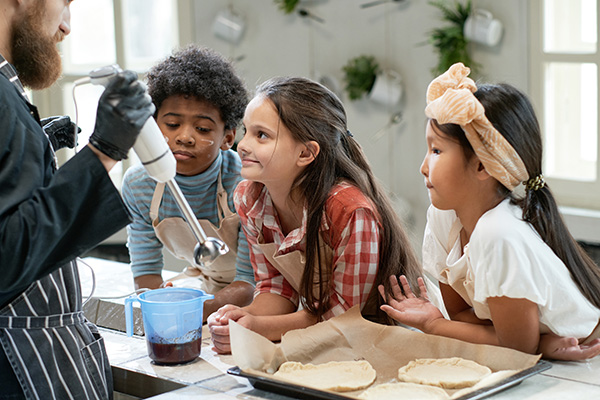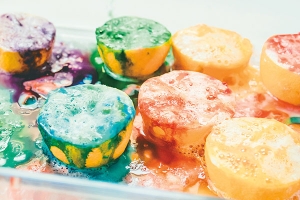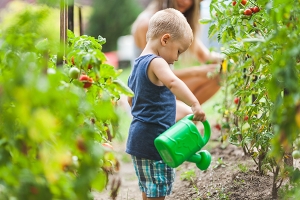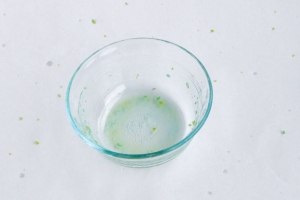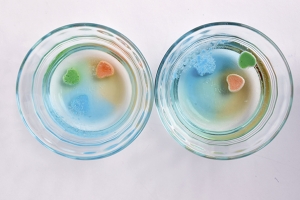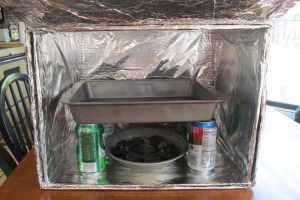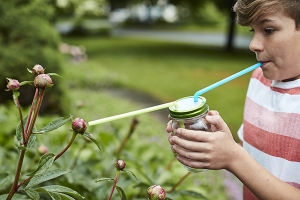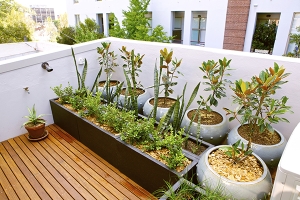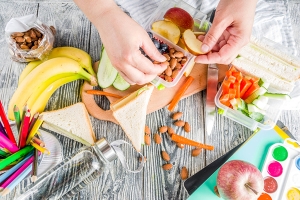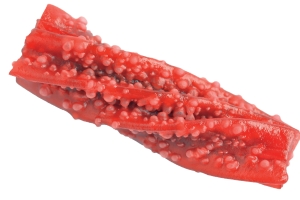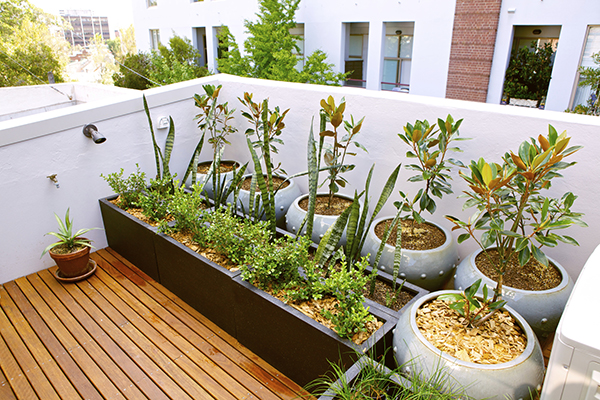
No Yard? Plant a Patio Garden with Kids
Whether you live in a high-rise apartment or a house with limited green space, your family can reap the benefits of gardening together. Gardening teaches kids patience, responsibility and how to eat more vegetables, so don’t be left out due to lack of space. Follow these simple steps to start a thriving container garden.
Collect containers.
Gather containers that are at least 10 inches wide and 12 inches deep, or for vining plants, 20 inches wide. Reuse five-gallon buckets or peruse thrift shops or flea markets with your children in search of gardening pots. Steer clear of black containers because they absorb sunlight, which can cause soil to dry out and create endless watering. If the container doesn’t have a way to drain, drill ¼-inch holes in the bottom. This will help keep the plant moist, but won’t make the roots so wet they rot. You can also save empty milk cartons, eco-friendly cardboard egg cartons, and paper cups for indoor windowsill seedlings. Read tips for picking an eco-friendly pot below.
Choose vegetables.
Great vegetables for container gardening are tomatoes, cucumbers, beets, green beans, green onions, herbs and potatoes. Vining plants (like cucumbers or tomatoes) may need a trellis. Start small the first year and add more as you grow more knowledgeable and confident.
“Children like to see results,” says Melissa Halas-Liang, founder of SuperKids Nutrition. “Pick a vegetable that doesn’t take a long time to reach its harvest.” She recommends lettuce, squash or zucchini (check for varieties suitable for container gardening). Basil is a good option because it has a high nutritional value. “Basil has a ton of antioxidants, and a couple of tablespoons of basil is the equivalent of a small serving of vegetables,” Halas-Liang says.
Plant seeds.
Use soil designed for container gardening. If you want to start your plants from seed, you may want to start early, depending on the growing season. Optional: You can put a seed in a Ziploc bag with a damp paper towel, tape it to the window glass and it watch it sprout.
Plant your seedlings where they will get six hours of direct sunlight; water them, but not so much that they drown. Do a daily test by sticking your finger an inch into the soil. If it feels dry, the plant needs water.
Keep watch.
Work together as a family, sharing the responsibility of watering and checking the plants. Children are usually eager to help and enjoy the cycle of growing produce. Watch for any problems such as disease or soil issues. If you encounter plant problems, ask a neighbor who gardens for help or consult your local nursery.
Reap the rewards of your harvest.
Let your children help pick the “fruits” of their labor (in this case vegetables).
With a little planning and some creative containers, your family can harvest cultivation skills, time together, and healthy food—without leaving the patio!
Note: Tips for Picking an Eco-friendly Pot.
When choosing containers for a patio garden, there are many clever ideas that promote recycling. Some creative choices include shoes, wagons, old sinks and tubs. While it is a good idea to repurpose when we plant, some containers may have toxins or chemicals that can leach out into the soil and the food you grow. To be on the safe side, follow these tips:
Know the container’s history. Find out what materials the container was made from and what it was used for, if possible. If you don’t know, look for a different container.
If the container is old or painted, make sure it doesn’t contain asbestos or lead paint.
Rethink using a set of wheels when planting vegetables. Tire rubber can leach chemicals into the soil.
Avoid plastic containers with a 3, 6 or 7 in the recycling triangle on the bottom. These can also release toxins.
When using natural wood planters, try untreated wood. Good choices are cedar, redwood, cypress and pine.
Old fabric shoe organizers, bags and even fabric pots make good containers.
--------------
Janeen Lewis is a freelance writer and green thumb in training. She loves to grow plants from seed to harvest with her two children.
Read more about gardening with kids in our article Help Kids Grow Strawberries.
